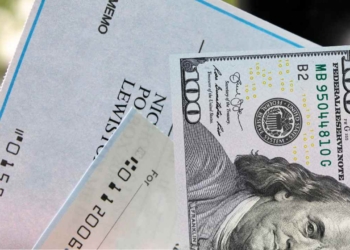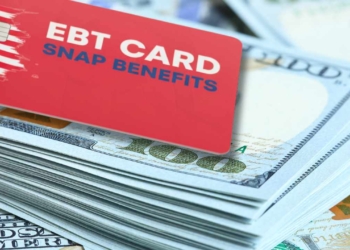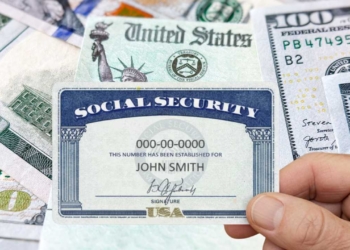Direct Deposits are the fastest way to receive Social Security payments in June. SSA’s payment schedule confirms that there will be 3 more paydays this month, and you can only receive one of them if you have already received approval. Remember that to receive your first retirement benefit, you must file. It is not necessary to wait until you reach Full Retirement Age (FRA).
However, waiting until normal retirement age gives you more money than if you file early. So, early filing at the age of 62 is only advisable if you do not need this money to make ends meet because you have other sources of income. For those readers who are not aware of their FRA, it depends on the date you were born. For example, if you were born from 1960 onward, 67 is your normal retirement age. This FRA allows you to get 100% of your benefits.
3 Social Security payments left in June
June 11, 18, and 25 will be the paydays when retirees can collect money from the Administration. To receive one of them you cannot be a Supplemental Security Income recipient.
If you are on SSI, your next payment date for Social Security will be July 3, 2025. Retirees who collected benefits before May 1997 also qualify for the July 3 payment, but not for the paydays left in June.
- Were you born from the 1st to the 10th? Then, your payday will take place on June 11.
- Were you born from the 11th to the 20th? Then, your payday will be due on June 18.
- Were you born from the 21st to the 31st? Then, your payday will be available on June 25.
How much will Social Security pay in June to 66-67-year-olds?
The average payment for all retired workers is $1,999 as of April 2025. However, if you are aged 66, the average payment for this age group is $1,763.99 as of December 2024.
Seniors aged 67 on Social Security collect an average payment of $1,929.73 as of December 2024. As you can see, just a year difference can boost the average payment amount a great deal.
The maximum Social Security payment for those who file at Full Retirement Age in 2025 is $4,018. Several key requirements have been set to be able to collect them:
- Social Security requires 35 years of work
- These jobs must be covered by the SSA, so they pay payroll taxes to the SSA
- Filing at the FRA is required to get $4,018
- Having earnings equal to the taxable maximum (contribution and benefit base) for 35 years is required, too
Thus, receiving such a large payment is restricted to a very small percentage of Social Security recipients who were high earners. Lower payments at 66 or 67 can be expected if you worked for just 10 years, had a low wage and filed early for retirement benefits in the U.S.







